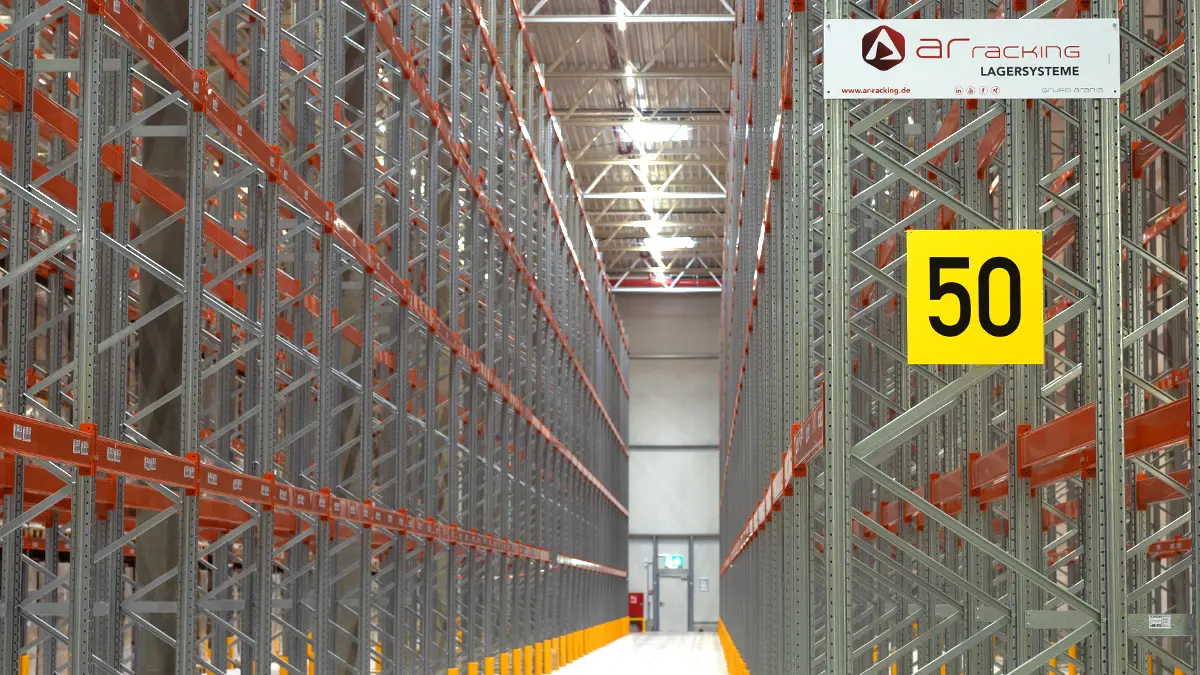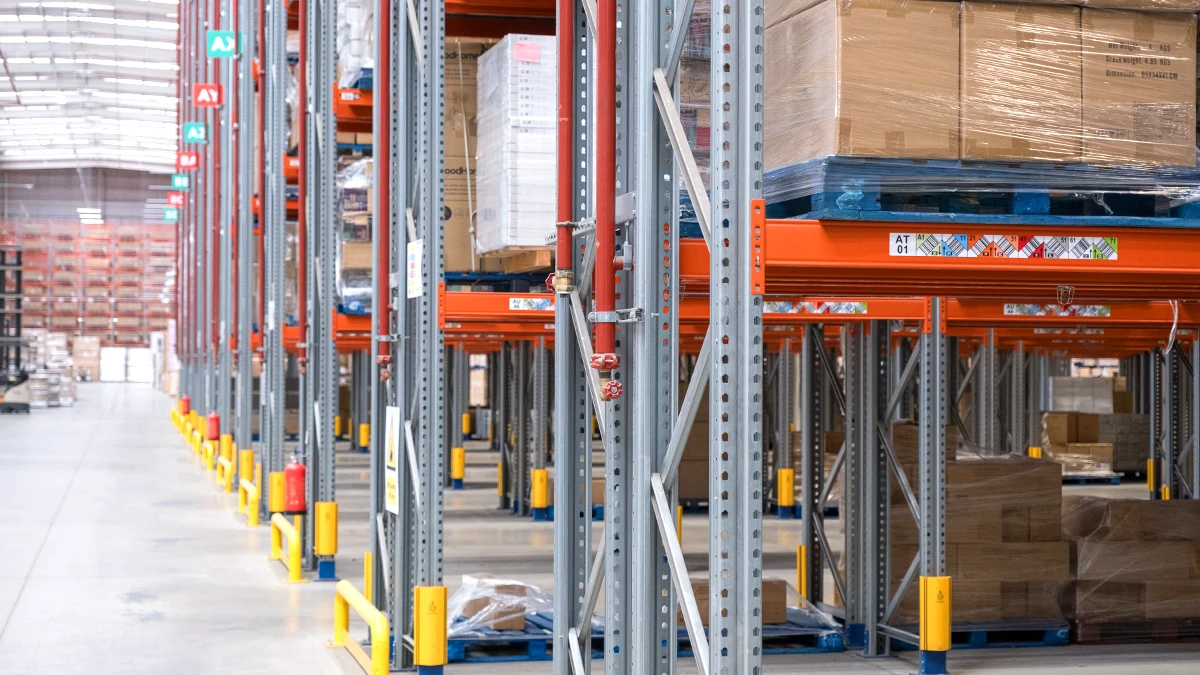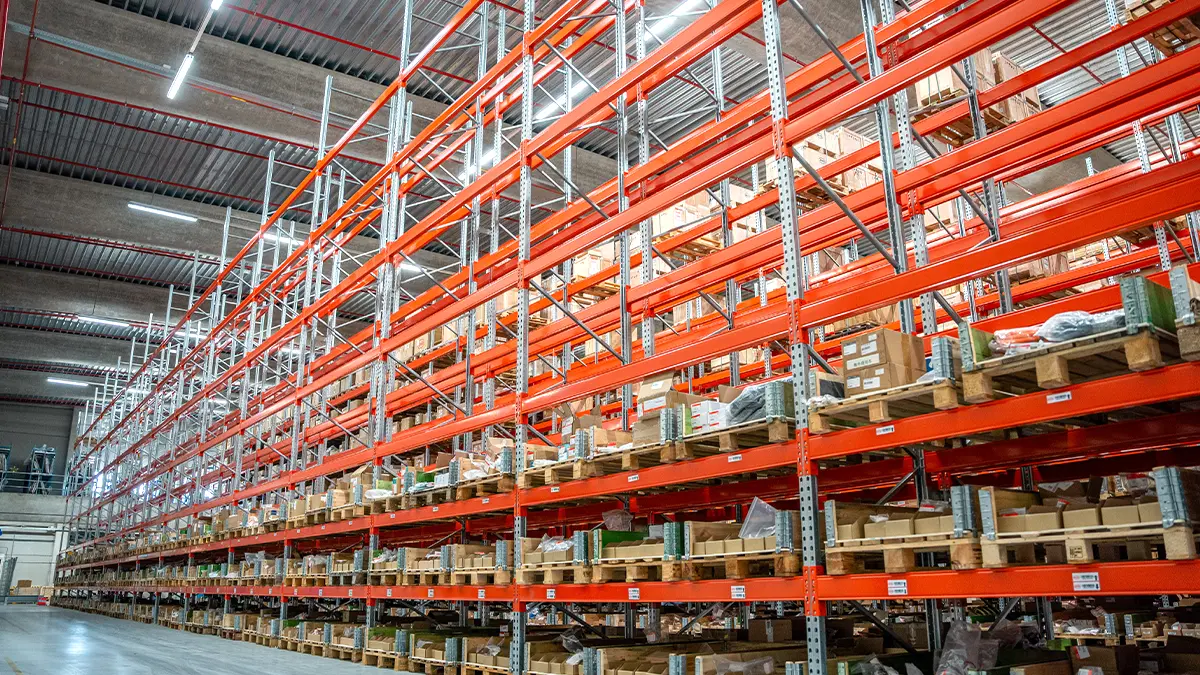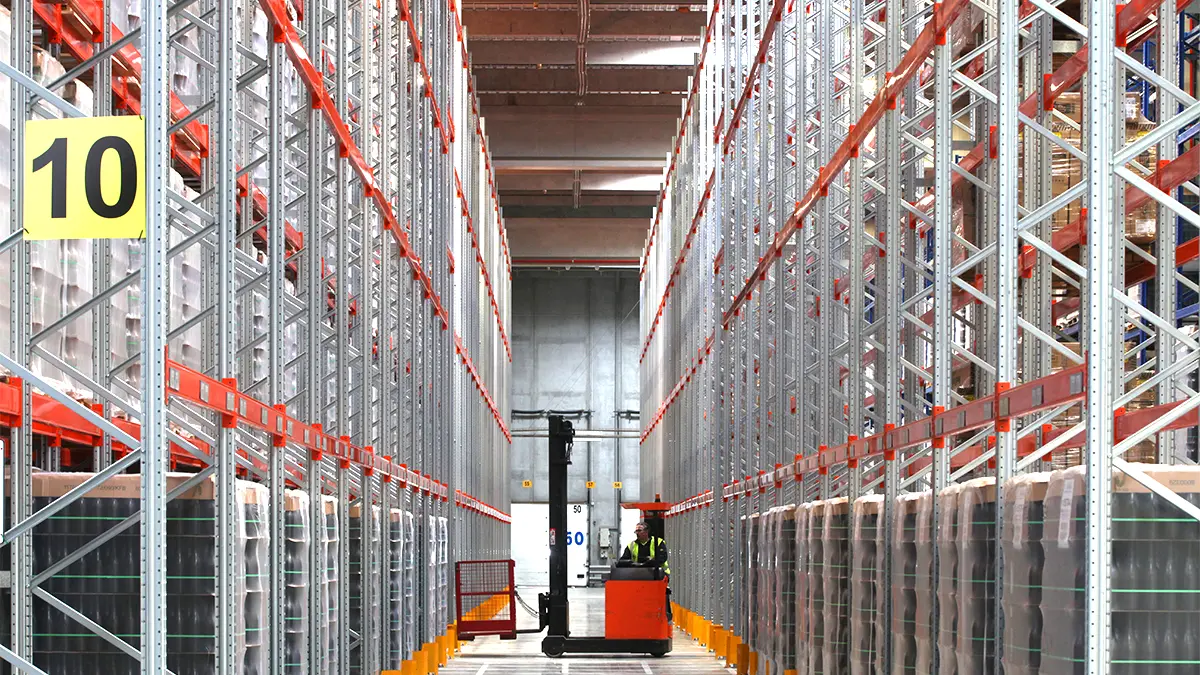From the fragility of JIT to the rise of Just in Case
For decades, the Just in Time (JIT) model was synonymous with supply chain efficiency. Its principle of producing or restocking only when needed minimized inventory, costs, and space. However, a series of global disruptions—from the pandemic to shipping crises—revealed an uncomfortable truth: JIT is fragile in the face of disruption.
In this context, the Just in Case (JIC) approach, historically dismissed for being costly and inefficient, has re-emerged as a resilient alternative. Maintaining higher inventory levels and storage capacity is now viewed as an investment in resilience, operational continuity, and competitive edge.
This article offers a detailed analysis of the Just in Case model, its strategic and technical implications, and how to implement it effectively with industrial storage solutions like those offered by AR Racking.
As a leader in logistics solutions, AR Racking helps companies worldwide redesign their facilities to handle this transition with confidence, efficiency, and long-term vision.
Just in Case: concept, context, and reasons behind its comeback
The Just in Case model is built on preventive logic: maintaining inventory beyond immediate forecasted demand to ensure continuity in case of disruptions. Far from hoarding, this strategy is driven by thorough risk analysis and awareness of market volatility.
Its comeback is no accident. The pandemic exposed how overstretched global supply chains—with distant, single-source suppliers and no buffers—were prone to failure. Other contributing factors include:
- Unpredictable lead times due to port congestion or shipping delays
- Increased costs due to last-minute logistics
- Inability to meet delivery promises due to stockouts
JIC seeks to counter these risks through a resilient strategy, enabling businesses to respond more quickly to crises, demand spikes, or supply breakdowns.
Just In Time vs. Just in Case in industrial environments
Both models pursue valid business objectives, but their approaches differ greatly. JIT emphasizes operational efficiency and inventory reduction, while JIC focuses on supply security and continuity.
From an industrial standpoint, the differences are:
- Demand planning: JIT requires accuracy; JIC allows for uncertainty
- Inventory handling: JIT minimizes stock; JIC needs more space
- Production agility: JIT adapts fast; JIC absorbs shocks
- Warehouse design: JIT uses lean setups; JIC needs more flexible and spacious layouts
These models can coexist depending on the industry, product type, and risk profile, but there is a clear trend toward hybrid strategies with JIC as a foundation.
Operational implications: costs, space, flexibility
Adopting a JIC approach involves more than strategy—it requires deep logistical transformation. One major impact is the need for more storage space, prompting changes in warehouse design and equipment.
Key operational shifts include:
- Higher stockholding costs: tied-up capital, maintenance, insurance, management
- Need for scalable and flexible racking systems
- Greater use of digital inventory systems to avoid obsolescence and stockouts
- Layout redesign for better rotation, accessibility, and safety
These costs are offset by a crucial benefit: ensuring business continuity during disruptions. Companies reduce the risk of downtime and improve responsiveness and service levels.
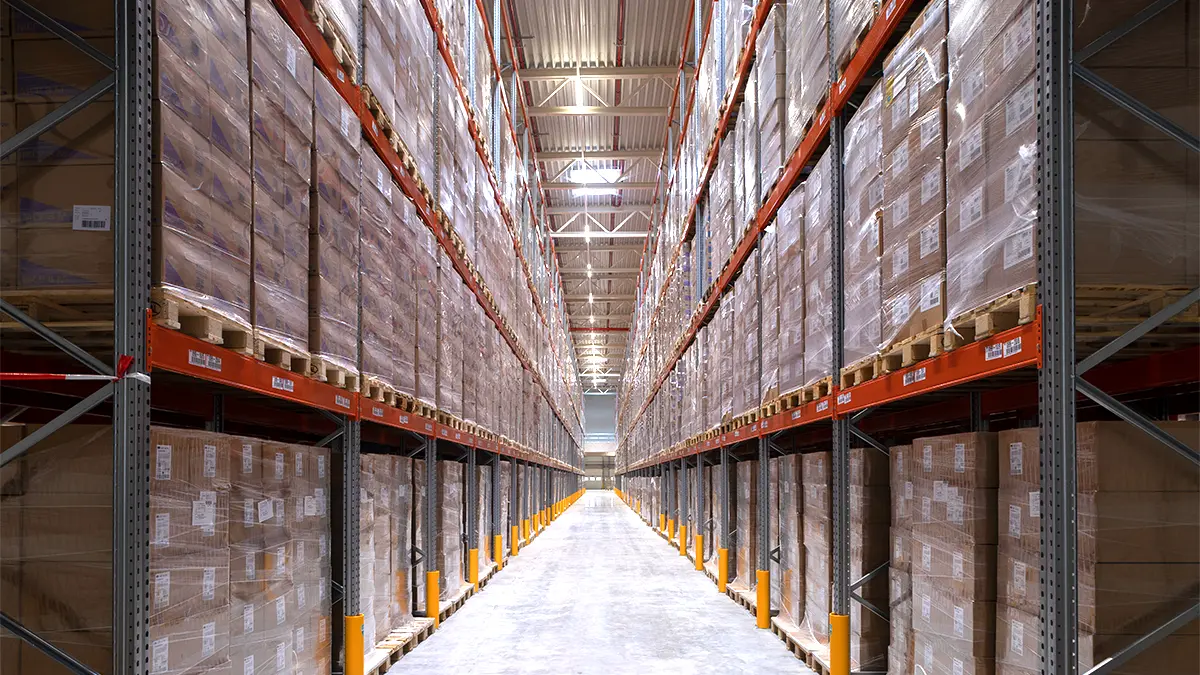
Warehouse layout adjustments for JIC
Implementing JIC requires a thorough reworking of warehouse layouts. As inventory grows, warehouses must maximize storage density while maintaining operational efficiency.
This involves:
- Utilizing vertical space with tall racking systems
- Logical product zoning by turnover, risk, or destination
- Flexibility for various product types and storage needs
- Eliminating dead zones and reducing unnecessary aisles
- Integrating automated or semi-automated systems to improve flow
Modular, robust, and adaptable systems are key for this setup.
AR Racking systems for preventive storage
AR Racking offers a complete range of systems to help companies implement JIC safely, efficiently, and at scale. These systems adapt to different sectors, volumes, and workflows:
- Selective Pallet Racking: versatile for direct access to palletized goods
- Drive In Racking: high-density storage ideal for batch rotation
- Pallet Flow Racking (FIFO): gravity-fed system for efficient automatic rotation
- Mobile Pallet Racking: eliminate fixed aisles, great for limited space
- Unit Load Rack AS/RS: handle high volumes with maximum efficiency
- Rack Supported Building: engineered structures for high-volume, thermally efficient storage
Each system is designed to deliver structural integrity, adaptability, and space optimization—vital in a JIC environment.
Best practices for implementation
JIC adoption requires a methodical approach. Best practices include:
- In-depth analysis of logistics risks and dependencies
- Identifying critical items requiring preventive stock
- Setting dynamic safety stock levels based on turnover and seasonality
- Using WMS and LMS for intelligent inventory control
- Applying lean principles to avoid unnecessary overstocking
Industries like automotive, chemicals, food, and industrial components are already shifting with AR Racking to preserve agility while boosting resilience.

Hybrid supply chains: blending Just In Time and Just In Case
Many companies are embracing hybrid supply chains—combining JIT and JIC. The goal is to maintain lean flows where possible while adding buffers where necessary.
For fast-moving products or reliable regional supply chains, JIT is still effective. For critical imports or items with long lead times, JIC is essential.
Building a hybrid model means:
- Segmenting inventory by criticality, turnover, and risk
- Defining different safety stock levels by product type
- Using flexible racking to support both models
- Integrating WMS and LMS for smart, segmented inventory control
AR Racking’s modular systems and digital tools provide a robust technical foundation for these evolving supply chain needs and stock or inventory management.
Is Just in Case the future?
Though it began as a reaction to crisis, Just in Case is becoming a long-term strategy. Its integration with JIT and hybrid models marks a shift toward resilient, scenario-based planning.
Digitalization, automation, and sustainability further strengthen this transition. Companies that blend predictive tools with agile infrastructure will be better prepared for future challenges.
Conclusion: responsiveness is the new competitive edge
Just in Case is not a regression—it’s a forward evolution in logistics. In an era of uncertainty, responsiveness and operational continuity are as crucial as efficiency.
Investing in resilient warehouses, flexible racking systems, and robust inventory management is now a strategic imperative.
Contact our expert team to help design a storage solution that supports your transition to Just in Case—safe, scalable infrastructure aligned with your goals for efficiency and competitiveness.

